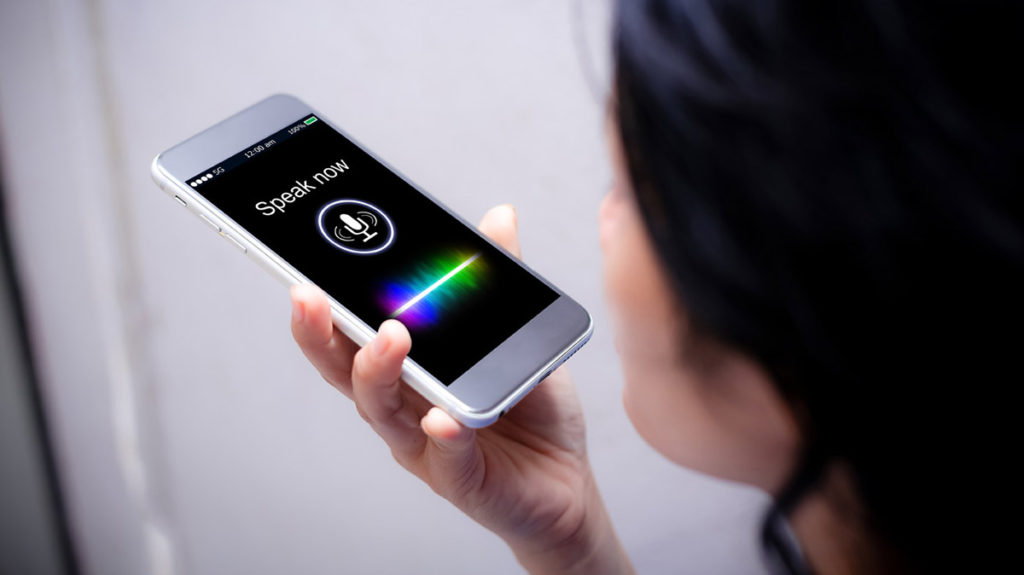In the age of rapidly advancing technology, voice assistants have become an integral part of our daily lives. These AI-powered devices, such as Amazon’s Alexa, Google Assistant, and Apple’s Siri, provide a convenient way to control various aspects of our homes and access information. However, a common question arises: how far can voice assistants hear? This inquiry is crucial not only for understanding their functionality but also for addressing privacy concerns.

The Evolution of Voice Assistants
The journey of voice assistants began with simple voice recognition systems and has evolved into sophisticated AI-driven solutions. Today, they are designed to recognize and respond to voice commands from across the room. The distance they can effectively hear you depends on several factors, including the device’s microphone quality, ambient noise levels, and the speaker’s voice volume.
Microphone Quality Matters
The quality of the microphone in a voice assistant device plays a significant role in determining how far it can hear. High-end devices are equipped with multiple microphones that can pick up sound from different directions. This feature enhances their ability to recognize commands from a distance, even if you are speaking softly.
Ambient Noise and Its Impact
Ambient noise can significantly affect how well a voice assistant hears commands. In a quiet room, the device can pick up your voice from a greater distance. However, in a noisy environment, such as a bustling household or a room with loud music, the effective hearing range of the device decreases.
Optimizing Voice Assistant Placement
To ensure that your voice assistant hears you effectively, it’s essential to consider its placement. Ideally, place the device in a central location within the room where you frequently give commands. For more tips on smart speaker placement, you can visit smart speaker placement.
The Role of Acoustic Environments
The acoustic environment in which your voice assistant operates can also impact its hearing capabilities. Rooms with hard surfaces that reflect sound, such as kitchens and bathrooms, may enhance the device’s ability to hear commands. Conversely, rooms with soft furnishings that absorb sound may require you to speak louder or be closer to the device.
Privacy Concerns and Voice Assistants
While the ability of voice assistants to hear from a distance is convenient, it also raises privacy concerns. Many users worry about their conversations being inadvertently recorded. It’s essential to understand how these devices work and how to manage privacy settings to alleviate such concerns. For more insights on this, you can explore the impact of voice control technology on privacy.
Understanding Wake Words
Voice assistants typically remain dormant until they detect a specific wake word, such as ‘Alexa’ or ‘Hey, Google.’ This feature ensures that the device only processes audio when activated. However, accidental activations can occur, leading to unintended recordings.
Managing Privacy Settings
To protect your privacy, regularly review and customize the privacy settings on your voice assistant. Most devices allow you to delete voice recordings and control how they store and process your data. This proactive approach can help mitigate privacy risks.
Technological Advances and Future Prospects
The future of voice assistants is promising, with ongoing advancements in AI technology. As these devices become more sophisticated, we can expect improvements in their ability to hear and understand commands, even in challenging environments. For creative professionals, this means enhanced productivity and convenience in their daily tasks.
The Integration of Voice Assistants in Daily Life
With the growing popularity of voice assistants, they are increasingly being integrated into various aspects of daily life, from controlling smart home devices to assisting with work-related tasks. For instance, using Alexa for Zoom calls can streamline virtual meetings and enhance communication efficiency.
Voice Assistants and Accessibility
Another area where voice assistants shine is in improving accessibility for individuals with disabilities. These devices offer voice-controlled interfaces that empower users to interact with technology in a more inclusive manner.
Conclusion
In conclusion, the question of how far can voice assistants hear is multifaceted. It depends on factors like microphone quality, ambient noise, and device placement. Understanding these elements can help users optimize their experience and address privacy concerns. As technology continues to evolve, voice assistants will likely become even more integral to our lives, offering enhanced capabilities and convenience.

FAQs
Can voice assistants hear conversations when not activated?
Voice assistants are designed to listen for wake words and typically do not record or process conversations without activation. However, accidental activations can occur.
How can I improve my voice assistant’s hearing range?
To improve the hearing range, place the device in a central location, minimize ambient noise, and ensure that the microphone is not obstructed.
Do voice assistants work well in noisy environments?
Voice assistants may struggle in noisy environments, but using devices with advanced microphones and adjusting settings can help improve performance.
This article contains affiliate links. We may earn a commission at no extra cost to you.





